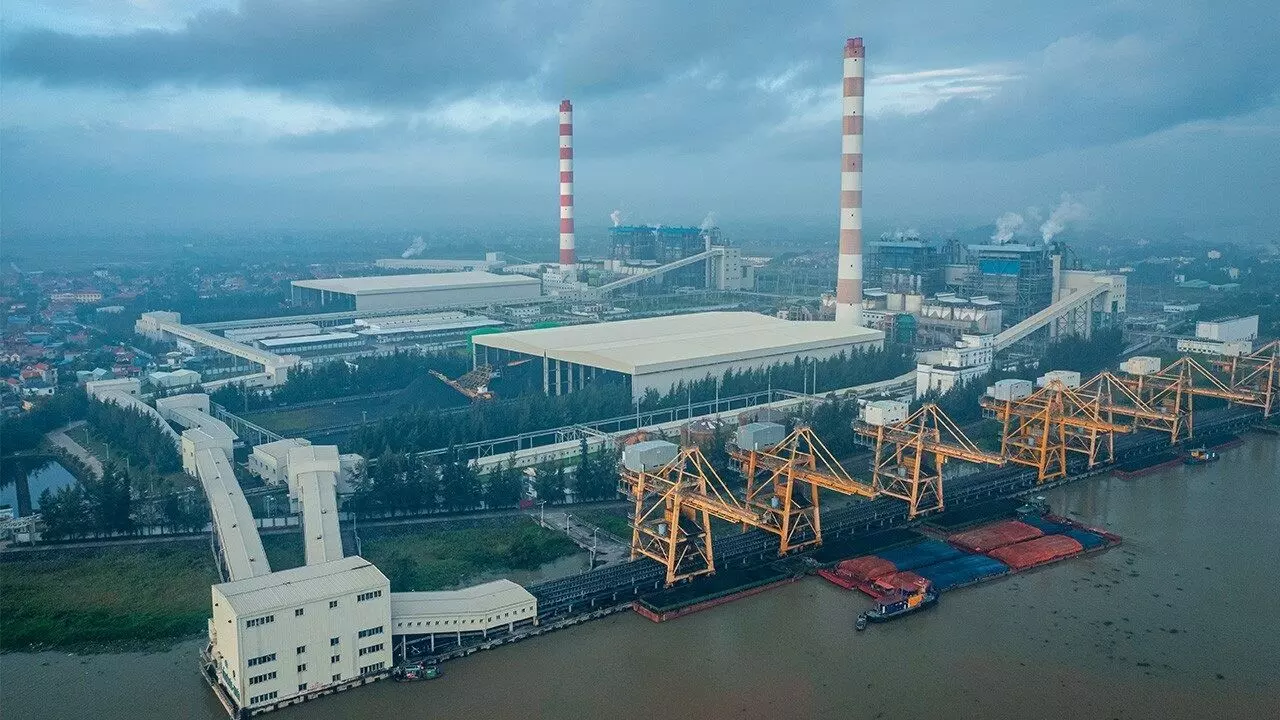While many countries in Asia are still recovering from the worldwide pandemic, Vietnam's economy has soared, with an astonishing 8% gain in GDP by the last quarter of 2022, higher than that of India, Japan, and the Chinese Mainland, which are major regional economies. Vietnam’s export revenue also reached $372 billion, an increase of 10% over the previous year.

(Vietnam has the potential to become Asia's next industrial hotspot)
What are the reasons behind the development of Vietnam’s economy? Part of the explanation is the disruption to supply chains on the Chinese Mainland, caused by factory shutdowns during COVID-19. As a result, companies had to look for alternative places to maintain and diversify their production streams. Moreover, Vietnam has a competitive labour force and low manufacturing costs. Vietnam has a young and rising population of 97 million people, 70% of whom are under the age of 35, providing a significant labour force for the industrial industry. And, although manufacturing prices on the Chinese Mainland have grown to roughly US$6.50 per hour, Vietnam’s costs remain less than US$2.99 per hour.
Good infrastructure is also a strong point of Vietnam. Vietnam has a 3,200km coastline, making it an ideal site for shipping cargo in and out of the nation, particularly in the north. The government has been allocating money to development projects to upgrade the country's infrastructure, particularly in the northeastern parts, in order to make the country a more appealing tourism destination and, a more connected port and industrial centre.
The Vietnamese government has made significant efforts to facilitate commerce between Vietnam and the rest of the world. The country has joined multiple free trade agreements with the EU, the United Kingdom, and countries across the Asia-Pacific region, allowing the country to have more trading prospects. The Regional Comprehensive Economic Partnership trade agreement between Australia, Japan, the Chinese Mainland, New Zealand, South Korea, and other Asian nations is another significant driver of trade.
Although there are still some problems related to shortages of labour, raw materials and expertise in Vietnam, it does offer businesses an appealing alternative that reduces some of the obstacles provided by the Chinese Mainland, allowing them to diversify their supply chains and ensure a smoother, more predictable flow of products and efficiency.
Source: https://www.stattimes.com/blog/heres-why-vietnam-could-be-asias-next-industrial-hotspot-1347561